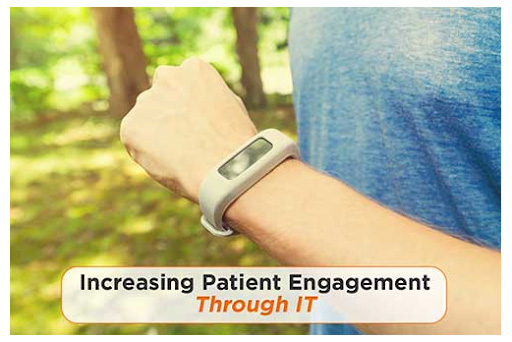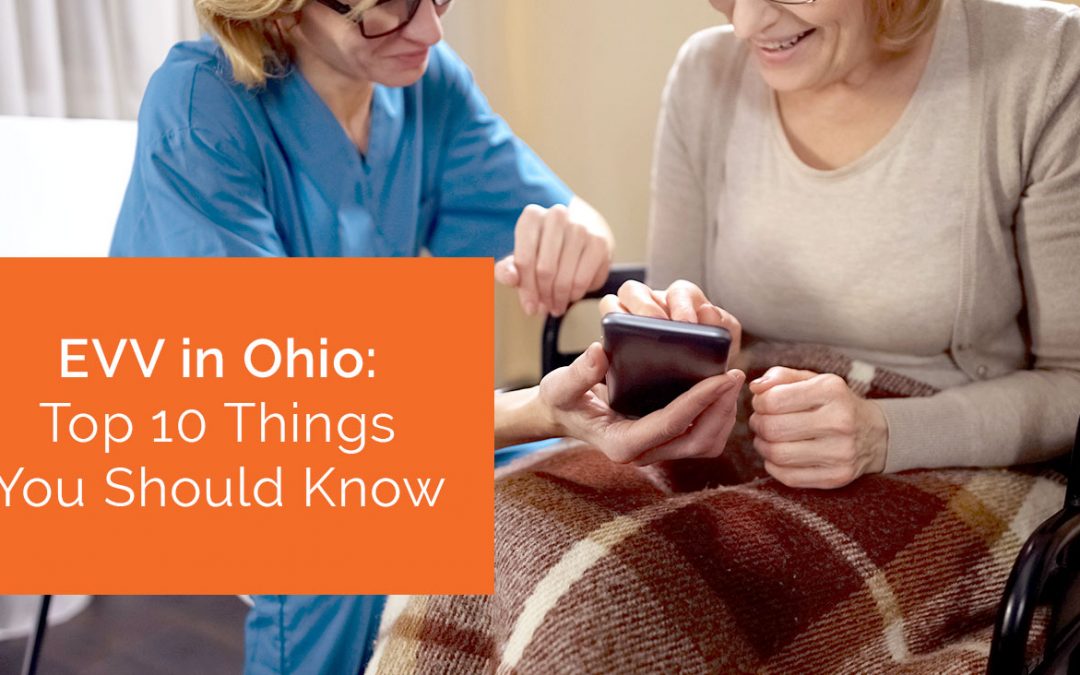It’s no surprise to caregivers that the majority of health care takes place when providers aren’t actually present. It’s remembering to take our medication on time. It’s following our doctors’ recommendations for a healthy lifestyle. It’s making — and keeping — appointments with providers. In short, it’s being involved in your own care, and an active participant in keeping yourself healthy.
Health care providers call this active participation engagement — and it’s important to them for many reasons. “Patient engagement” has become a driving concept in many health care settings, primarily because engaged patients tend to have better outcomes — and higher rates of satisfaction. In today’s value-based health care environment, in which reimbursements are determined at least in part by outcomes and satisfaction, it’s no wonder that providers across the spectrum are working hard to find ways to more effectively involve patients with their own care.
Undoubtedly, to a certain level, increasing patient engagement relies on strengthening doctor-patient relationships.
For generations, health care has been in many ways a one-way street, in which health care providers are authority figures, and patients are simply passive consumers. With that in mind, improving patient engagement relies at least in part on health care providers establishing a partnership with patients.
By encouraging patients to be a part of their own care team, and involving them more in decision making while still providing education and guidance, the level of engagement increases. However, simply creating a two-way street for health care decisions doesn’t solve the problem entirely. And that is where technology comes in.
Technology for Patient Engagement
When it comes to increasing patient engagement via technology, there are four primary tools that hold a great deal of promise: Electronic health records (EHRs), patient portals, wearable technology, and secure messaging systems.
Electronic Health Records. EHRs have been controversial both among doctors and patients, for several reasons. Many patients feel that the electronic documentation process detracts from their interactions with providers, since they often feel the provider is more focused on taking notes than on actually listening.
Studies have shown, though, that providers who share the screen with their patients and discuss their health data with them had higher engagement scores than those providers who did not share the screen. Providing education using data presented in charts and graphs proved to be very helpful in allowing patients to grasp a better understanding of their health.
Patient Portals. Patient portals, in which patients can access their own medical records and information via a secure interface, are a key part of the meaningful use portion of EHR rules. However, for many providers, they’ve simply become another item to check of the list for compliance. They exist, but no one is using them — because they don’t know how, or because they don’t provide any real purpose for meaningful patient engagement.
However, a patient portal delivered through advanced software that opens the doors to patient engagement, perhaps by showing a longitudinal overview of their health, or offering additional education and suggestions based on self-reported and physician-collected data, is meaningful and improves patient involvement.
Wearable Technology. One way to improve engagement with patient portals — and improve overall patient health — is wearable technology. Collecting data via a wearable device, like a fitness band, takes some of the pressure off of both the doctor and the patient, and give the physician access to more accurate data than what might be accessible in the exam room or as reported by the patient.
Not to mention, wearables provide accountability: When patients know that their device is reporting data to their physician, they are more likely to remain committed to their plan of care — and on the flipside, doctors can intervene more quickly when there is an issue.
Secure Messaging. Finally, providing patients and their providers (or caregivers and providers) with a secure means of communicating outside of scheduled appointments is key to improving engagement. Being able to send a quick email, rather than waiting for an appointment or leaving phone messages, helps patients feel more in control of their care, and they are less likely to forget important questions or information, or avoid asking questions in person for fear of embarrassment.
Generational Issues
So what does this all mean for home health care? One of the biggest obstacles for implementing IT solutions for improving patient engagement is that many older adults are resistant to technology. However, Baby Boomers are proving to be more open to technology, and willing to embrace it as part of their overall health care.
For home health agencies looking to implement more technological solutions, education is of primary importance. They need to hear from their doctors about the importance of using these solutions, and shown how they should be used and why they improve care. For home health patients, this often means working with family members or other caregivers as well, educating them on the purpose and importance of the technology.
Patient engagement will continue to be an important concept in health care going forward, particularly as value-based payment structures and patient satisfaction survey results play a more substantial role in provider reimbursements. To learn more about software that can help increase patient engagement and move your agency forward, check out Complia Health’s resources here.




